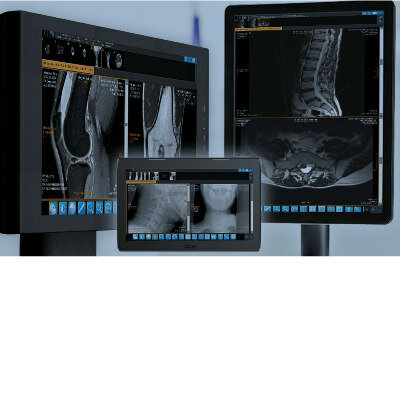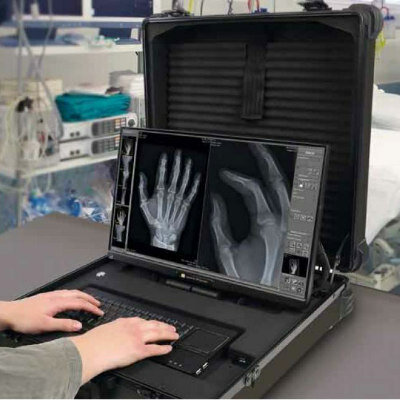PET-CT Imaging Enhances Care of Limited-Stage Small-Cell Lung Cancer Patients Care
By MedImaging International staff writers
Posted on 23 Jul 2013
New research has concluded that recommending positron emission tomography-computed tomography (PET-CT) imaging improves staging accuracy and intrathoracic-disease identification, which in turn, leads into an improvement in clinical outcome in these patients. Posted on 23 Jul 2013
Yearly, 13% of all newly identified lung cancer patients are diagnosed with small-cell lung cancer (SCLC). Approximately 39% of patients with SCLC are diagnosed with limited-stage disease, which means the cancer is only present in one lung, but may have metastasized to the lymph nodes or tissue between the lungs. These patients are often treated with chemotherapy and definitive radiation therapy. Staging information is essential because of the high propensity for metastatic disease in SCLC, and the identification of metastases can spare patients from the toxicity associated with thoracic radiotherapy. Moreover, in those patients who do receive radiotherapy, knowing the precise level of disease may permit more effective treatment volume delineation.
Until 2011, the US National Comprehensive Cancer Network (NCCN; Fort Washington, PA, USA) recommended a bone scan as part of the initial evaluation of all newly diagnosed SCLC patients. However, in 2012, the NCCN began recommending PET-CT imaging instead of bone scan. Researchers from the University of Pennsylvania (Philadelphia, USA) set out to clarify the clinical impact of using PET instead.
The study’s findings were published in the July 2013 issue of the Journal of Thoracic Oncology (JTO). “Pretreatment PET staging of LS-SCLC was associated with improved survival,” the authors reported. “PET-staged patients had an improved three-year overall survival from diagnosis (47% vs. 19%; p = 0.03) compared with those with LS-SCLC who were not staged with PET.”
The lead author of the article was Dr. Eric Xanthopoulos. IASLC coauthors included Dr. Corey Langer, Dr. Charles Simone, and Dr. Ramesh Rengan.
Related Links:
University of Pennsylvania
US National Comprehensive Cancer Network














